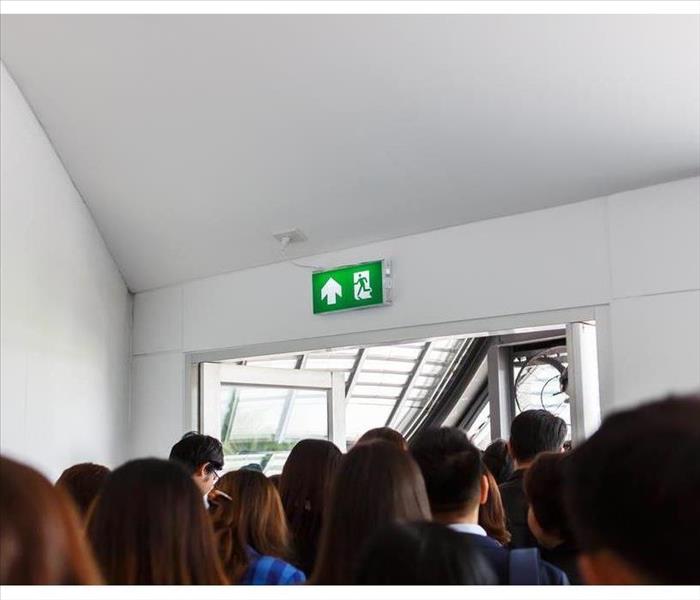Develop an Emergency Plan for Your Business in 3 Steps
5/24/2021 (Permalink)
Create an Emergency Plan for Your Business
Emergency drills are an essential element of a disaster preparedness plan in your Santa Fe Springs, CA, business. Some office management companies and landlords include drills as a requirement in their leases. Here are three steps to creating a fire drill or storm drill for your company.
1. Develop a Plan
The first step is to identify potential evacuation routes in case you need to leave your building. Consider these questions:
- Where is a fire most likely to break out?
- Is there a fire drill evacuation route accessible to employees with special needs?
- Are the routes clear and easy to follow?
If storms with tornadoes or high winds are possible, you can also identify the best shelter locations in your building. A small interior room or hallway on the lowest floor or basement is best. People should stay away from doors or windows. Avoid areas with wide, flat rooftops.
2. Communicate the Plan
Go over your plan with employees so that they know what to do in case of a disaster. Workers should know the location of fire exits and tornado shelters. Enlist the cooperation of managers and executives to prepare for business interruption while you conduct the drill.
It's helpful to designate an emergency response team. You can assign duties such as:
- Making sure the building is clear
- Notifying first responders
- Calling your landlord, insurance agent and professional remediation specialists after the disaster
Ensure your response team is trained and prepared before your first drill.
3. Rehearse the Plan
Holding drills regularly can help evacuation and shelter-in-place procedures go smoothly. When drills are part of a routine, employees know what to do, allowing them to head to safety quickly and efficiently. Staying current on drills also gives you a chance to evaluate your plan and make necessary changes.
Conducting a fire drill and storm drill regularly can keep you in compliance with building regulations. Most importantly, it helps you keep your employees safe in the event of an emergency.



 24/7 Emergency Service
24/7 Emergency Service
